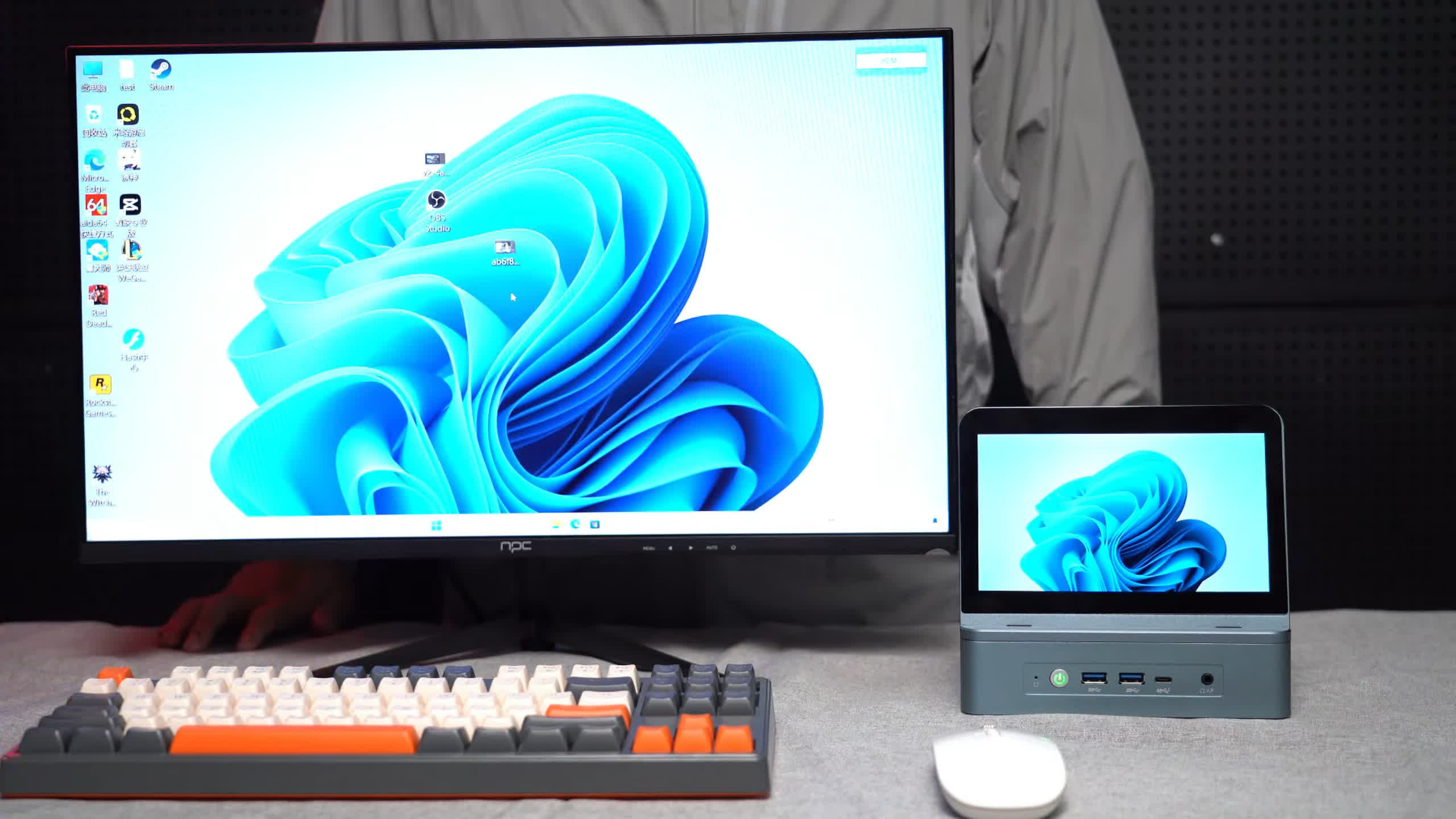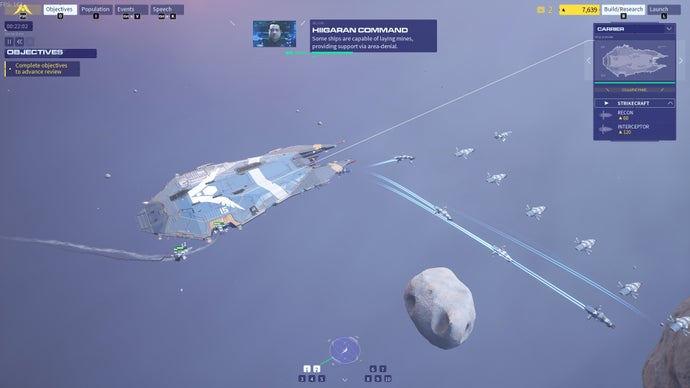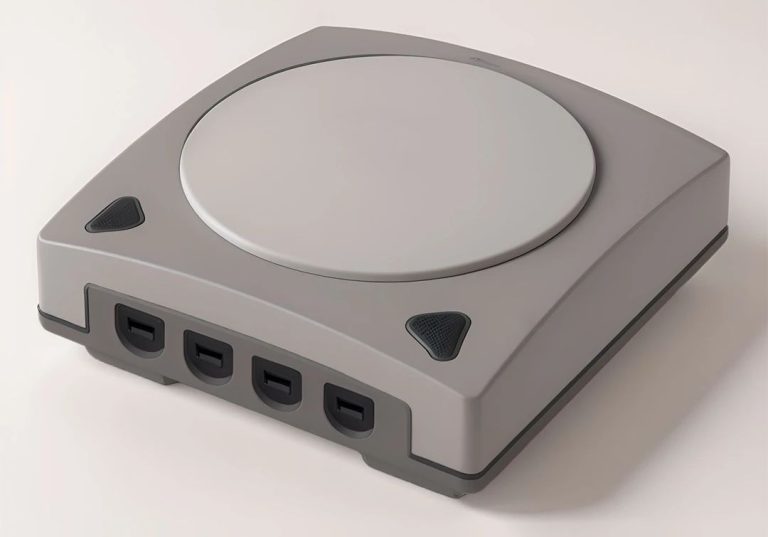In a nutshell: Compact PCs are all the rage these days, so it’s no surprise that one company is trying something new with a tiny “powerhouse” equipped with its own touchscreen. Prices aren’t exactly cheap, but early birds can catch massive discounts on all available models.
While Intel abandoned the NUC project and the idea of building its own line of compact PC devices, third-party companies like Asus are still trying to innovate in this niche market. A recent Kickstarter campaign by Miniproca has gone beyond innovation and ventured into oddity territory with a NUC-like mini PC designed around AMD’s Zen 3+ mobile processor technology.
The crowdfunding campaign, which reached its initial funding target within the first five hours, describes the Miniproca as an all-in-one mini PC with a built-in 7-inch display. The device is equipped with a “high-performance” AMD Ryzen 9 mobile processor from two years ago (6900HX), which includes eight x86 cores and 16 threads running at a 4.9 GHz max Turbo frequency.
The integrated GPU (Radeon 680M) is good enough to run the latest games, according to the company, although the Miniproca is designed primarily as a productivity system.
The integrated multi-touch display offers a 4K 120 Hz resolution and can be tilted up to 90 degrees. Three additional 4K 120 Hz monitors can be connected simultaneously thanks to the HDMI 2.1, DisplayPort 1.4, and USB-C ports available on the device. The machine supports three different DDR5 RAM configurations (8 GB, 16 GB, 32 GB), while NVMe storage options range from 512 GB to 2 TB. Customers can also expand the device with their own SSD units to meet their storage requirements.
Additional connectivity options include four USB ports, a 3.5mm audio jack, an RJ45 LAN port, and more. Miniproca boasts the device’s ability to work either as a compact mainframe or as a secondary screen, providing enhanced efficiency and flexibility for specific types of workloads.
For example, a graphic designer could manage multiple design software and material libraries simultaneously, with the material library or tool panel displayed on the smaller screen next to the clutter-free main display.
As the initial funding target was met in a very short timeframe, it is clear that people are interested in this kind of ancillary, NUC-like systems. However, Miniproca isn’t exactly selling its mini-PC for mere pennies, with prices ranging from $1,260 (8 GB of RAM, 512 GB of storage) to $2,000 (32 GB / 2 TB). Customers interested in a true portable workstation could spend this kind of money on a powerful laptop PC and get a discrete GPU (and more) in return.
Miniproca is likely well aware of what it is asking for, as interested users can pre-order the compact system during the Kickstarter campaign and receive a significant discount ranging from 38 percent to 54 percent off the MSRP. The expected delivery date for early backers is October 2024.



